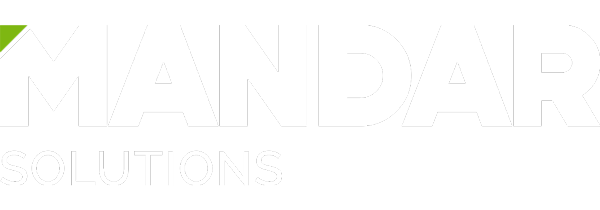Automating Legionella Control
The prevention and control of the potentially fatal legionella bacteria is an ongoing challenge for facilities management professionals, especially when managing a large campus with an aging infrastructure. The implications of an outbreak in a healthcare environment, where it is likely to impact those already weakened by illness, would result in a potentially devastating human, financial and legal cost.
Whilst the basic requirements for negating the growth of legionella are fairly straightforward, the regulations for effectively monitoring the environment pose challenges. The basic requirements to avoid contamination by legionella are:
- Avoid water temperatures between 20 °C and 45°C
- Avoid stagnant water
- Avoid allowing the build-up of rust, sludge, scale, algae and other bacteria
- Treat the water.

Healthcare estate managers have to ensure compliance with the relevant sections of the Health and Safety at Work etc Act 1974 (HSW), the Control of Substances Hazardous to Health Regulations 2002 (COSHH) and Management of Health and Safety at Work Regulations 1999 with regard to the risk from exposure to legionella bacteria.
HSE Guidance in HSG274 part3 recommends that in order to comply with their legal duties employers, duty holders and those who have health and safety responsibilities for others you should:
- Identify and asses sources of risk
- Prepare a scheme of prevention or control
- Implement and manage precautions
- Keep record of precautions
- Appoint a manager responsible for others.
In order to comply with the regulations it is necessary to regularly measure the temperature and flow of water within the system, not only at the water tank but at the furthest points of the water system. This is a subtle change to the requirement which now means that testing at the furthest tap in the system is not sufficient.
Primary, secondary and tertiary water circuit testing is a time consuming process and involves deploying qualified personnel to physically visit the various locations across the campus to test the water and record readings.
The associated costs in man hours invested in this activity are often significant, especially when managing a large estate.
The use of technology to automate this activity, improve quality of results and provide a more robust audit trail offers estates managers better control of their resource and manpower can be redirected.
R-DNA provides this automation via our advanced alarm controls, providing configurable parameters for those which can be directed to mobile devices for immediate attention and action (either via email, SMS or the R-DNA Messaging System). In addition to this real-time notification, R-DNA enables estate managers to interrogate the data collected and identify trends which may indicate an incremental risk such as:
- Reduced flow rates indicating potential build-up of residue in the system
- Water stagnation due to incomplete tank turnover
- Changes to water temperature and flow indicating possible system leaks.
Through R-DNA granular user access controls, the manager responsible has complete control of the reporting function via the R-DNA Control Centre, enabling both reflective and pro-active interrogation of the data.
For audit purposes, the system can show a full history of the data collected in order to demonstrate that the risk zone parameters have never been breached, or where a breach has occurred, that the corrective action was taken in a timely manner. In regards to intelligent maintenance and efficiency, the rich data collection provides estate management with a full picture of this safety system in order to plan refurbishment or upgrade work as required.
R-DNA is already in operation at Poole Hospital for the purpose of legionella monitoring and we have also worked closely with the estates team to ensure the needs of this complex campus site were addressed. During an initial site survey, we:
- Identified location of all components in the network and outlined integration solutions
- Assessed the site for challenges in delivering a robust wireless network
- Discussed current building management systems and reporting outputs.
The Poole installation meets the needs of today however the architecture has been designed to facilitate expansion to wider site monitoring without the need to replace the installed configuration. We were able to choose the best COTS equipment to connect the existing hardware in the hospital with the R-DNA servers. This approach provides the estate management with the opportunity for future expansion as the site requirements develop.




